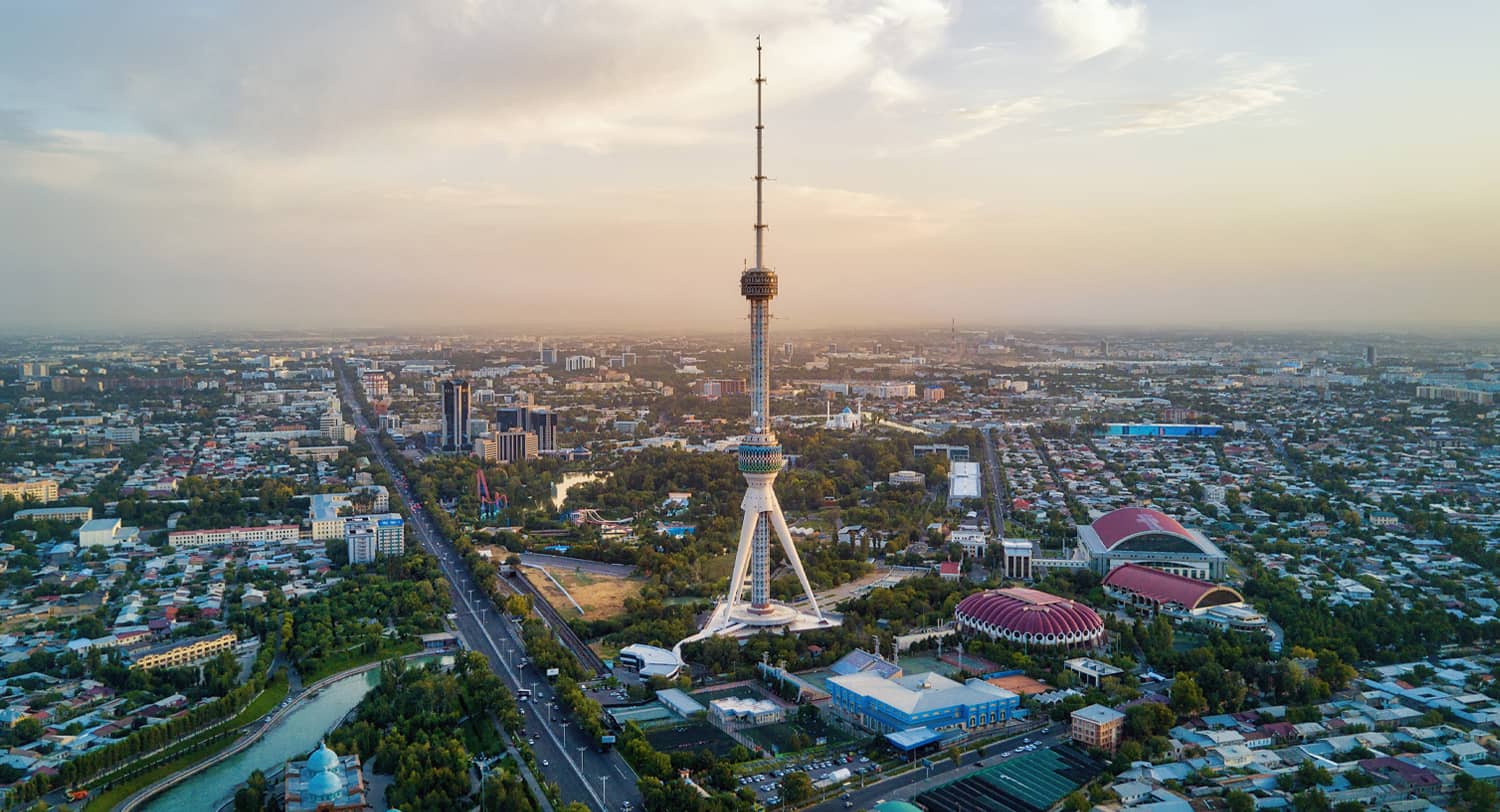For three decades Central Asia has remained largely peripheral to Washington’s strategic horizon. Yet Kazakhstan now supplies more than forty percent of the world’s mined uranium, while Turkmenistan controls one of the planet’s largest natural-gas deposits.
No sitting US president has visited one of the region’s five countries – Kazakhstan, Uzbekistan, Kyrgyzstan, Tajikistan and Turkmenistan. President Trump has an opportunity to correct that omission in 2025, perhaps as part of a trip to attend the Quad Summit [the US, Japan, India and Australia] hosted by India in 2025. Adding Tashkent or Astana would confer substantial diplomatic and economic advantages, demonstrating that the United States is prepared to compete in a zone where Russia and China have long assumed uncontested influence.
Contrary to lingering stereotypes of Soviet-era stagnation, the region is now demonstrably investable. Uzbekistan’s market reforms—scrapping currency controls, modernizing tax codes and digitizing customs—helped attract more than $26 billion in foreign direct investment in the first ten months of 2024 alone. Kazakhstan, meanwhile, is professionalizing its $79 billion sovereign-wealth fund, Samruk-Kazyna, and preparing state-owned holdings for initial public offerings, signals that capital markets take seriously.
The governments of Central Asia do not expect the United States to become their closest ally. What they do seek is a credible alternative to dependence on Moscow or Beijing. All five maintain full diplomatic relations with Israel, a reminder of their broadly pragmatic, non-ideological foreign policy. The most compelling way to signal mutual seriousness would be a headline “grand bargain” on the order of $100 billion, announced during a presidential visit.
That figure is achievable. Uzbekistan and Kazakhstan could draft a joint “deal list” that bundles their investment pledges, aircraft and weapons systems orders, mineral-processing projects, and security procurements into one headline-ready package.
Dedicating even a modest share of Kazakhstan’s sovereign wealth fund to joint ventures in US energy and technology would underscore reciprocity. Air Astana and Uzbekistan Airways are already Boeing customers; both are in talks with the Pentagon on military purchases ranging from Black Hawk and UH-60 helicopters to counter-drone radars and border-surveillance systems. A US-backed hub for processing copper, rare-earth elements and uranium—powered by Turkmen gas and connected to European markets via the rapidly scaling Trans-Caspian “Middle Corridor”—would also diversify Western critical-minerals sourcing. Washington’s C5+1 Critical Minerals Dialogue [comprising the Central Asia 5 plus the US] gives the United States an institutional hook for such cooperation. Security cooperation, coupled with advanced-nuclear reactor and digital-infrastructure projects, could round out the package.
In return, three US government actions would help. First, Kazakhstan and Uzbekistan remain subject to the Jackson–Vanik amendment, a Cold-War artifact that no longer serves its original purpose of monitoring freedom of emigration. A bipartisan House bloc reintroduced the U.S.–Kazakhstan Trade Modernization Act and filed the Uzbekistan Normalized Trade Act to grant permanent normal trade relations with those two countries. Secretary of State Marco Rubio publicly signaled the administration would welcome a statutory repeal.
Second, a bilateral investment treaty with Uzbekistan, signed and ratified in the 1990s but never brought into force, should be activated. Third, Washington should also throw its weight behind Uzbekistan’s long-stalled bid to join the World Trade Organization, locking in Tashkent’s market reforms and giving American exporters nondiscriminatory access under enforceable multilateral rules. Resolving these issues would cost Congress little yet send an unmistakable signal of commitment.
The optics would also matter. President Trump’s visit to Riyadh in 2017 produced agreements valued at $400 billion and underscored the United States’ capacity to marshal private investment in concert with public diplomacy. Central Asia cannot match the Gulf’s headline numbers, but the symbolism of the first presidential landing—accompanied by contracts substantial enough to influence markets—would resonate from Brussels to Beijing. It would strengthen the C5+1 diplomatic framework, support NATO’s emerging critical minerals strategy, and remind investors that the United States is an active player along this corridor.
Central Asia stands ready to welcome American leadership, and President Trump should seize the opportunity. The governments of Kazakhstan and Uzbekistan can prepare a carefully structured $100 billion initiative, supported by US legislation and crowned by a presidential visit. The mutual benefits include granting the region the strategic choice it desires, securing resources vital to Western supply chains, and reminding both Russia and China that the United States commands influence in the Eurasian heartland.
The most irreplaceable asset in the Oval Office is the President’s time, and no previous occupant has managed the bandwidth for a Central-Asia touchdown. Trump can—at whatever tempo his schedule permits—and the symbolism alone would redraw the strategic map.

